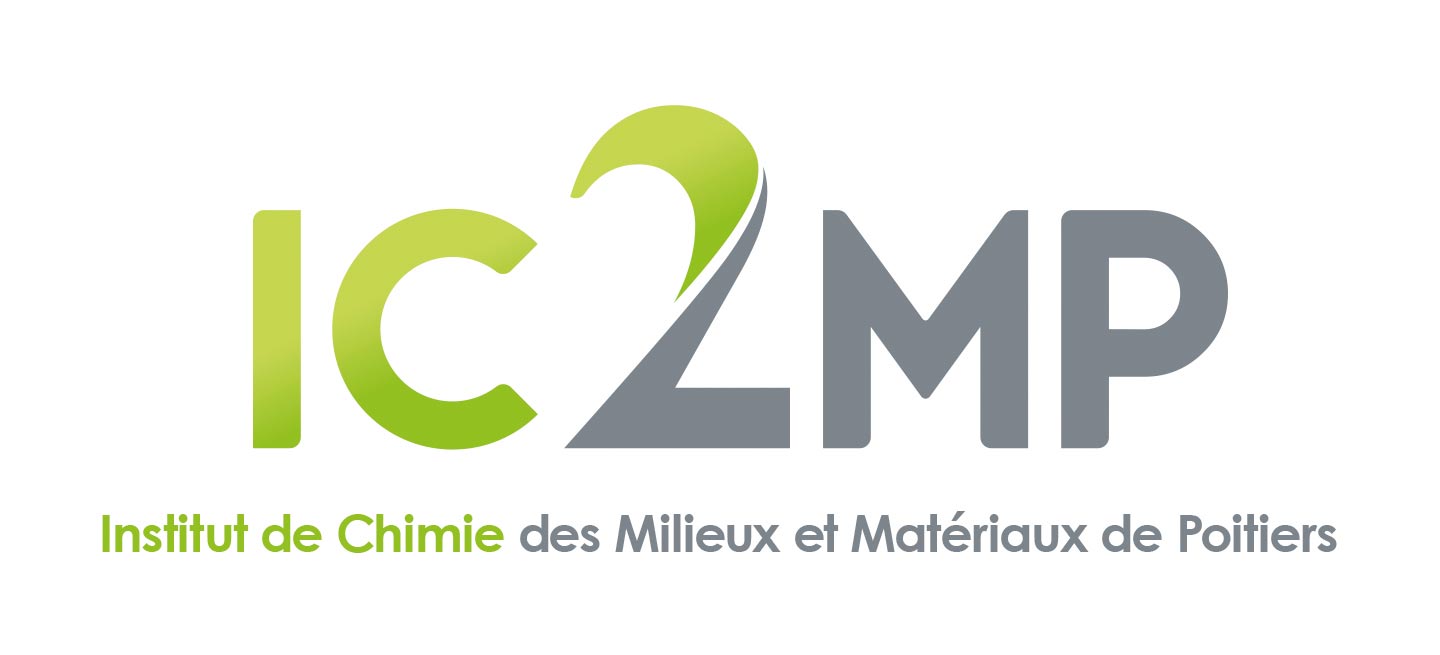Characterizing flow in the first hundred-meter depth of a fractured aquifer using hybrid seismic methods, acoustic logging, and flow-log measurements
Résumé
Understanding subsurface flow, especially in fractured rocks only housing water through a few preferential pathways, is still challenging. The point is mainly associated with the poor accessibility of the subsurface and the lack of accurate representations for both heterogeneity and spatial distribution of water bearing bodies. This notwithstanding, highly-resolved geophysical investigations bring new images of the subsurface. This is exemplified over a fractured limestone aquifer at the site scale (for example, that of the radius of influence of an extraction well). On an experimental site, situated in the Cher region (France), two boreholes have been drilled for field experiments. Full Waveform Acoustic Logging (FWAL) and seismic experiments were conducted. Hybrid seismic imaging, which consists in combining refraction and reflection seismic results, has been carried out. Based on a four-step procedure, the processing of refracted and reflected waves provided two sections. After assemblage, these sections produced in a first step an extended time reflectivity section starting from the surface and, in a second step, a section over depth after calibration with Vertical Seismic Profile (VSP) and acoustic data. However, even the Very High Resolution (VHR) seismic methods do not have a sufficient vertical resolution to describe accurately the geological formation. The acoustic sections were processed to separate the different wave fields, to extract the criss-cross events and to build a criss-cross index log. A log of fracturation index, based on both criss-cross index and P-wave velocity measurements, was computed to detect the presence of fractures. After calibration, and under the assumption that the slower the P-wave velocity, the higher the permeability – porosity, a 3D seismic block of reflection can inform on preferential areas where flow should occur. At the scale of an open wellbore, acoustic loggings that measure wave velocities over a short distance within the well also inform on open features crosscut by the well. Finally, flow log measurements confirm the occurrence of flowing horizons that were previously marked by both seismic and acoustic data. Seismic and acoustic data are therefore suited to image contrasted hydraulic properties over fractured subsurface systems usually poorly documented.
Origine : Publication financée par une institution
